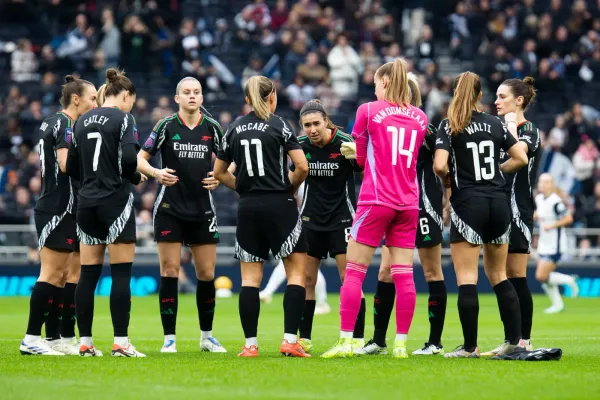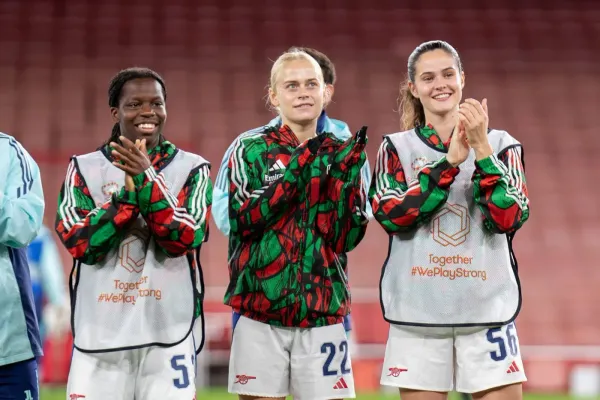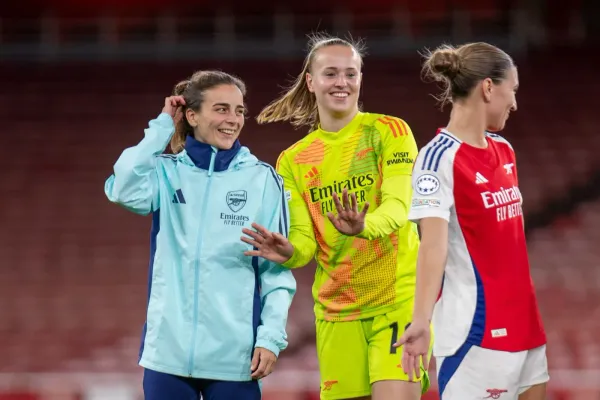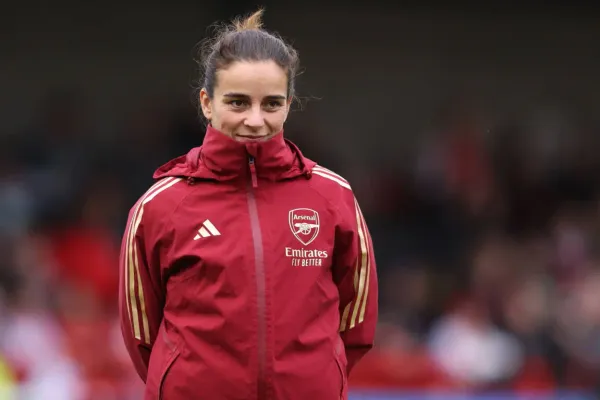Can you have a big squad and a firm playing ideology?
On Jonas Eidevall’s challenges managing a big squad
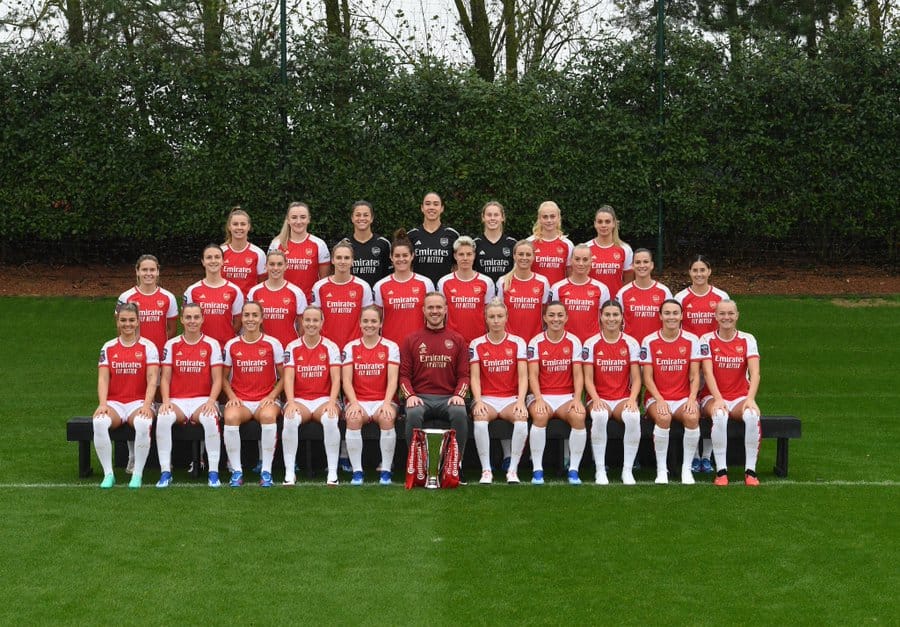
Gareth Taylor’s Manchester City have a very clear identity. They have the highest number of passes in the WSL, the highest pass completion rate, they attempt the highest number of short and medium passes but are 6th in the division for long passes. They have the highest number of crosses into the penalty area.
The numbers and the eye test tell you they are a possession based team who feed Hemp and Kelly out wide before peppering the opponent with crosses for Bunny Shaw to attack. Gareth Taylor has been in charge for approaching four seasons now and this has been one of his most settled in terms of line up.
In the summer of 2021, the team were beset by injuries to key players and in the summer of 2022, they were disrupted by the loss of Stanway, Weir, Walsh and Bronze. In both summers they exited the Champions League at the preliminary stage. This summer they had no Champions League qualifiers, did not suffer any major departures or injuries to major players (not until Jill Roord ruptured her ACL in January).
City have given 18 players a minimum of 180 minutes this season. Arsenal have 20 players at that threshold and Chelsea have 24. City have a very clear identity and playing style and this season, they are enjoying their most impressive league campaign under Taylor against a more settled backdrop.
Yet when I look at Chelsea I don’t necessarily see a commitment to a specific style. Emma Hayes’ strength is working with the materials she has and playing according to their strengths rather than asking them to adhere to a philosophy or style. There are merits to being an ideologue (Pep Guardiola is an ideologue, broadly speaking) and there are pitfalls. There are merits to being totally flexible and there are pitfalls.
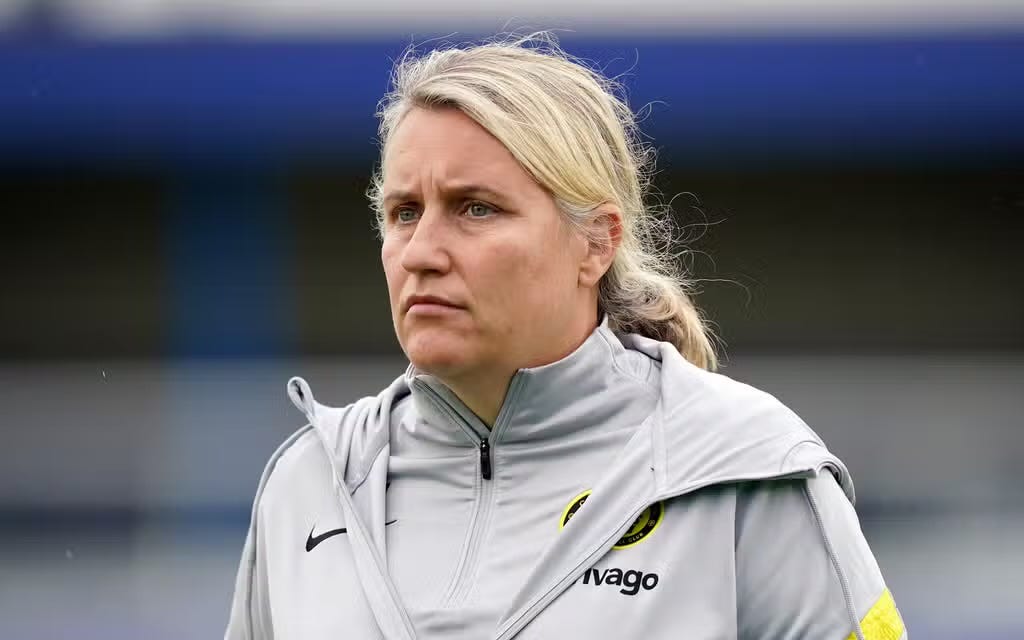
One of the main benefits for Hayes and Chelsea’s flexibility is that the approach is very well suited to flexibility. It has enabled Hayes to manage a large squad and keep players involved in the way that suits them best. Chelsea are not totally without principles, of course. They work very hard off the ball and they tend to miss out their midfield in build-up in favour of being reasonably direct.
I am not convinced that Hayes is against using her midfield in a more possession-based manner per se, I just think this style acknowledges the strengths and the weaknesses of the midfielders she has. She doesn’t ask Erin Cuthbert to be Keira Walsh. I am sure that if she had Keira Walsh in her squad, she wouldn’t ask Keira Walsh to be Erin Cuthbert.
I would say, broadly, Hayes’ style is more player focused and this explains why many individuals, such as Niamh Charles, Millie Bright, Erin Cuthbert and Jess Carter, none of whom were ‘galactico’ signings, have improved under her coaching. That is not to say players don’t improve under a Gareth Taylor style approach. Yui Hasegawa is a ‘Taylor’ or, more accurately, ‘City’ style player and she has been a revelation in Manchester.
City will certainly finish in the Champions League qualification places this season and, assuming they reach the group stage, I will be really interested to see how Taylor and City would cope with the more intense schedule, which would necessitate greater player rotation. A few years ago, I had a really interesting chat with Joe Montemurro about why he prefers to work with a tighter roster.

Montemurro is much closer to Taylor than Hayes and he tended to prosper when he was not required to make many starting line-up changes. In this chat, he told me, ‘I like working with smaller squads because you can give greater care to players and really develop them into your style and into your plan for the team. My utopia is having 16 or 17 players who you can put into the team at any one time and not detect any real change in the way you play.’
All of which brings me onto present day Arsenal. One of the consequences of not reaching the Champions League group stages is that Arsenal had a large squad and not enough games to go around. Last week, I asked whether Eidevall’s principles of play were strong enough after an experienced team featuring no new signings meandered to a confusing defeat at Chelsea.
I think one of the issues for Eidevall this season has been balancing having clear principles with a squad of 25 players rotating in and out of it in a small number of games. This formed part of Eidevall’s answer to one of my questions in his Friday press conference.
‘We are in a season where we are still changing a lot with players coming in and building new relationships. I think that is part of it where we find some inconsistencies. It is not the whole truth of it though and it is not like other teams always have the perfect selection of players to choose from and they can’t keep consistency.’
The last part of that answer revealed a sense of soul searching, I am sure Eidevall was thinking of Chelsea when he issued the caveat about other teams dealing better with a rotating cast of players than Arsenal have. Hayes’ ability to handle a large squad has been, in my view, her most significant (though certainly not her only) strength.
It makes me consider whether it is possible to have an incredibly firm playing philosophy and a big squad simultaneously. Even Guardiola’s teams do not have enormous rosters. At City, they have around 18 to 19 players who are very close in quality but they don’t really have a 25 man squad. Is there any other way of utilising a large squad other than having a more player focused approach?
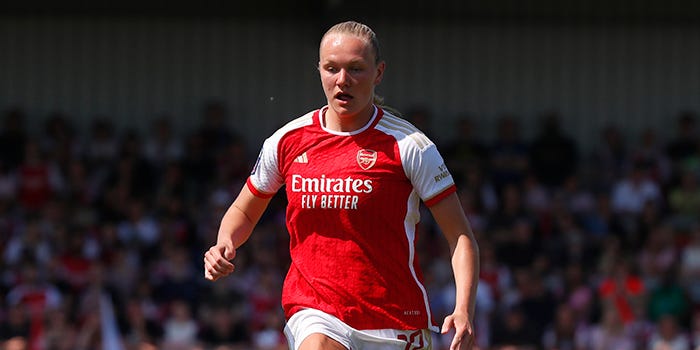
I think Arsenal have been caught between two stalls- embodied by Hayes and Taylor- and have sort of done neither this season. Arsenal’s best spells under Eidevall have come with more settled line ups. At the beginning of his first season, he had a big squad but many of those players were not ones he really trusted or fit his style, so they didn’t play a lot of minutes (Parris, Nobbs, Patten, Schnaderbeck).
Last spring, an injury crisis essentially limited Eidevall to around 12 senior players and he was forced into a back three formation which nearly catapulted the team into the Champions League Final (the men reached the final in 2006 on the back of an injury crisis so severe that Mathieu Flamini played at left-back and even Arsene Wenger had to revert to a five man midfield to protect a young defence).
It might not be quite as binary as I have presented it here but it does feel as though, in order for Eidevall to succeed at Arsenal, he is either going to have to really back his horses and firmly embed a style. Or else the approach will need to become more flexible and player focused. Greater clarity around resource utilisation feels like the most pivotal challenge of Eidevall’s Arsenal tenure.

